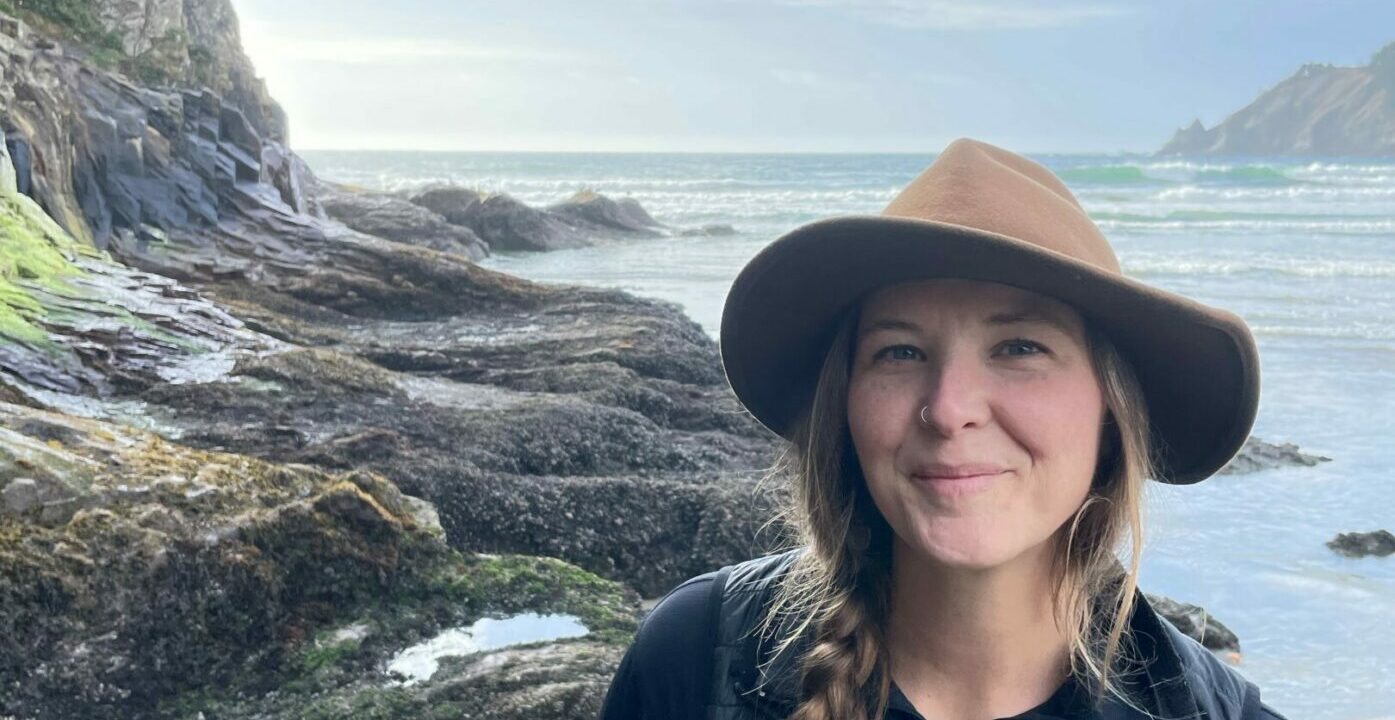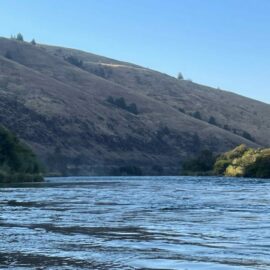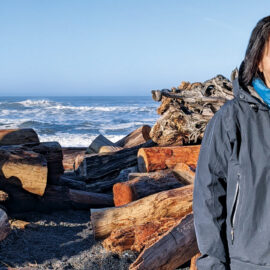Our new Oregon North Coast Manager is channeling historic restoration funding into salmon strongholds like the Tillamook and Nehalem.
For Cyndi Curtis, late fall brings one of the best features of living next door to the Tillamook State Forest. For a solid several weeks each November, she and her 100-pound yellow lab Ozzie have a special ritual—one that probably looks pretty odd to the uninitiated.
It starts with a quick five-minute walk from Curtis’s home to the trees and sedges lining the local stream. Behind this ferny screen, Curtis drops to a crouch, army-crawling the remaining few feet to the water. Ozzie obligingly hides himself for this part; as Curtis says, “I think he thinks I’m hunting.”
And she is, in a way: hunting for a good view of the stream’s spawning chum salmon: large, long-distance migrators who’ve arrived here to close the loop of an epic life journey.
“The community that I have here in Nehalem, everyone celebrates this return,” Curtis says. “With the return of salmon comes a celebration of life cycles, of abundance, and returning to the earth. I’m so grateful to have this community connection, and bear witness to a magical event that most people can only see in documentaries.”
As Wild Salmon Center’s new Oregon North Coast Manager, Curtis is now tapping these connections to help implement on-the-ground projects targeted by our Nehalem watershed strategic action plan—one of a growing number of restoration roadmaps developed by the WSC-managed Coast Coho Partnership. She’s also helping to advance the years-long work of developing a new action plan for the Tillamook watershed.
“With the return of salmon comes a celebration of life cycles. I’m grateful to bear witness to a magical event that most people only see in documentaries.”
WSC North Coast Manager Cyndi Curtis
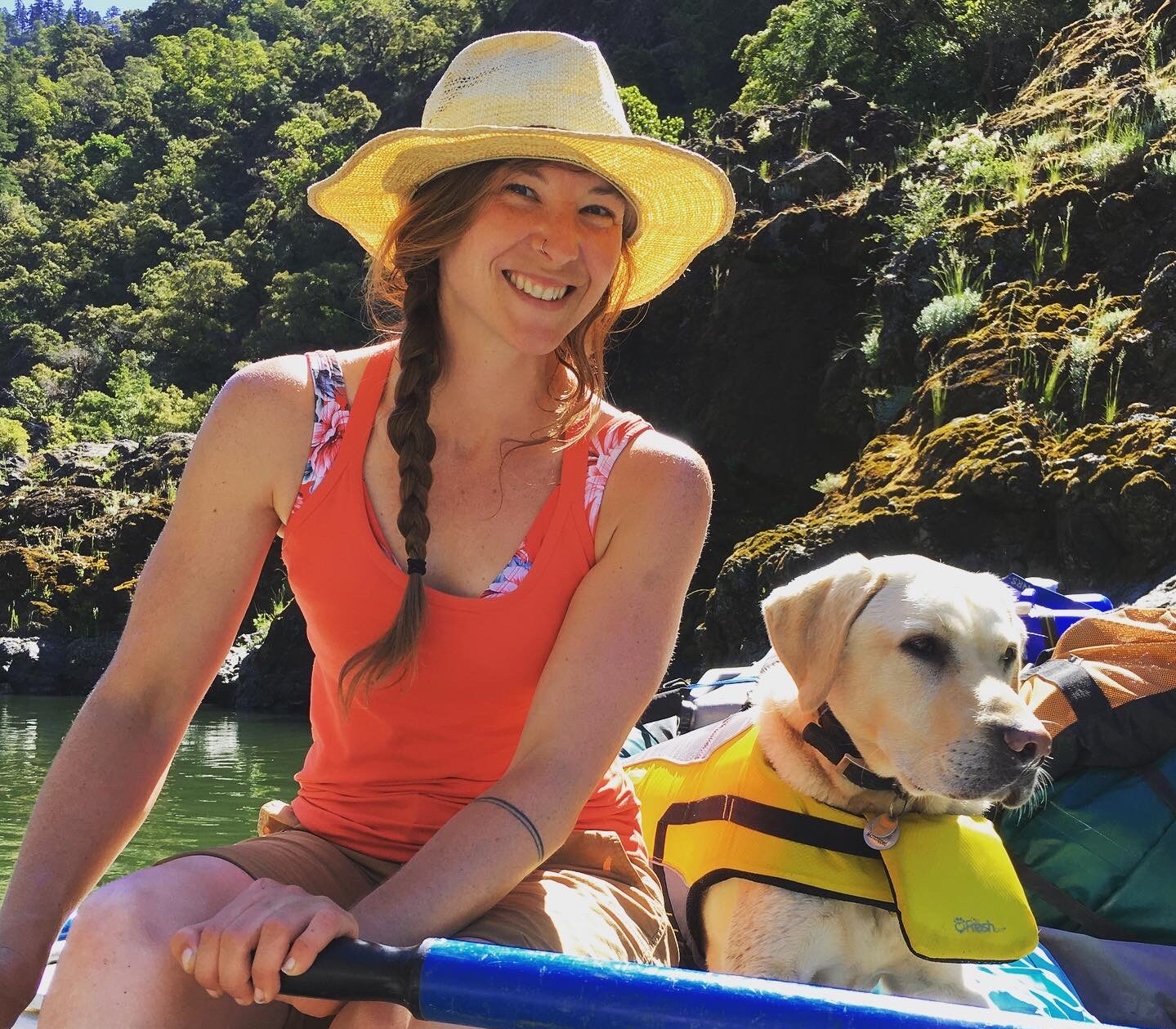
Curtis draws not only on community connections and an academic background in habitat restoration ecology, but also deep expertise in tidal estuaries—expertise she brings from her previous work as the Restoration Program Coordinator and interim Executive Director of the Coquille Watershed Council.
“For a long time in Oregon, the focus in salmon recovery has been on headwater restoration,” Curtis explains. “But we’re starting to realize how important estuaries are not just for juvenile salmonids, but also for storm surge protection and climate change mitigation.”
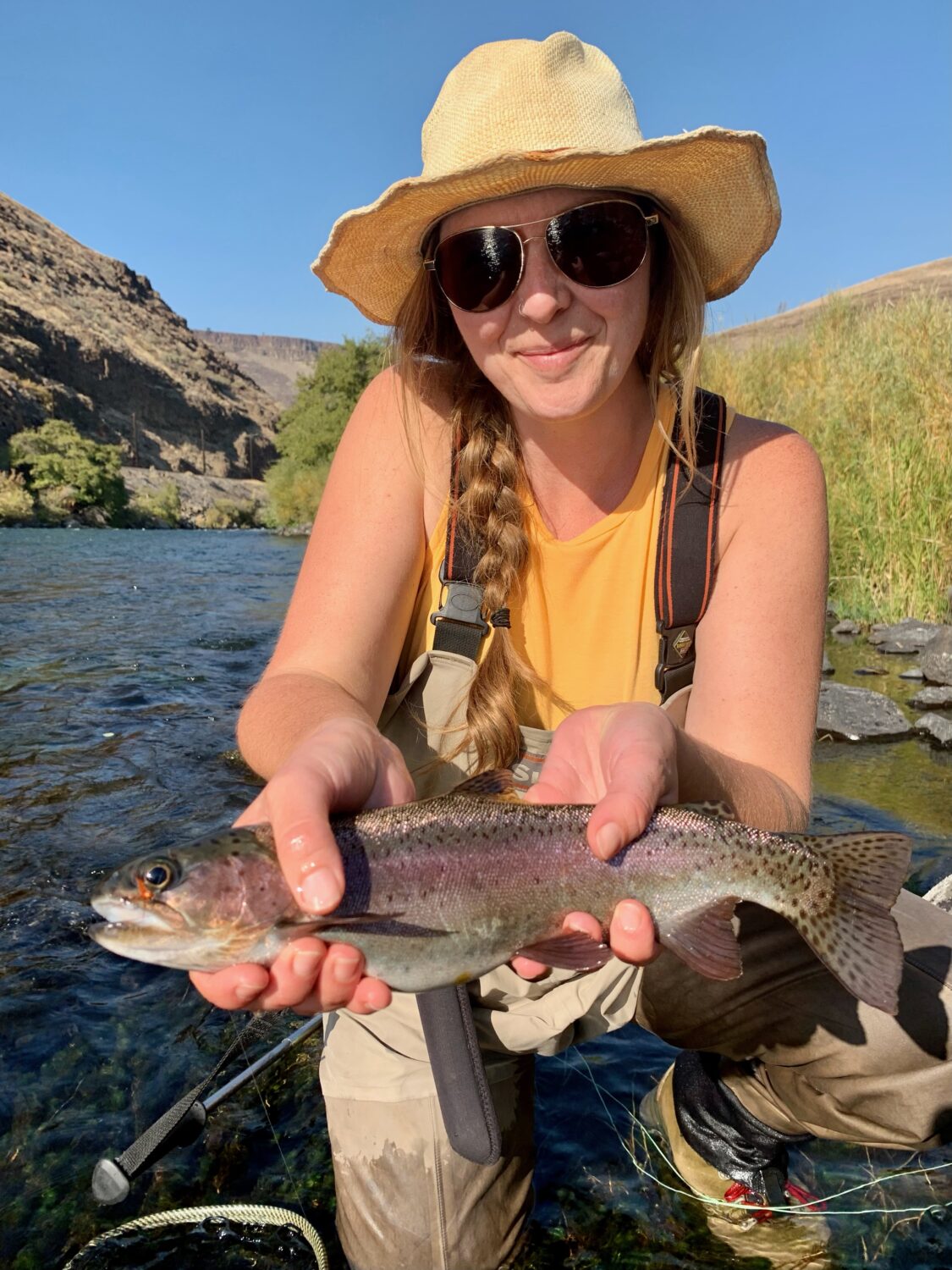
On the North Coast, that’s especially true. These diked, dammed, and disconnected landscapes have functioned for so long in an altered state, she says, that salmon conservationists are just now coming to understand the importance of intact estuaries for salmon and other species.
“We just couldn’t see how salmon would have been using estuaries and coastal wetlands, because we’ve changed them so dramatically,” she says.
Estuaries and wetlands might comprise a small percentage of total watershed acreage, Curtis explains, but these landscapes have been profoundly changed by humans over the last 175 years.
In reshaping estuaries for development, farming, and ranching without thinking about fish, we’ve cut off their historical benefits for salmon at two highly vulnerable life stages: as juveniles gathering strength for their ocean migration, and as adult spawners returning to seed the next generation.
“For a long time in Oregon, the focus in salmon recovery has been on headwater restoration. We’re starting to realize how important estuaries are for salmonids.”
WSC North Coast Manager Cyndi Curtis
Finding solutions that bridge human activities and fish habitat is complicated work, she says. But WSC’s growing Coastal Restoration team is increasingly connecting with landowners, timber companies, Tribes, and local agencies who see a multiplier effect in targeted projects that restore natural hydrological function.
“What I’m most excited about in joining WSC is getting to participate in the bigger picture,” Curtis says. “There’s been this upwelling of restoration work spilling out onto landscapes from the Nehalem to the Coquille and beyond, and we know that it’s helping to put salmon recovery within reach. In five years, my hope is that we’ll have made a huge impact in helping these ecosystems work again for fish.”
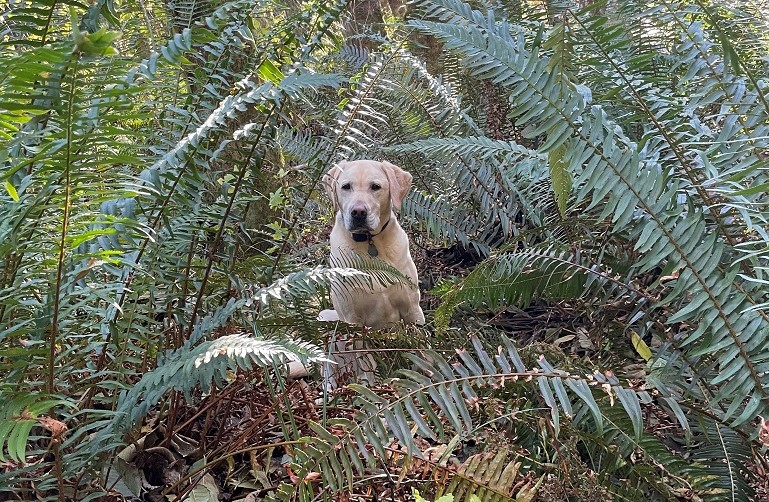
That surge is set to accelerate over the next several years, she says, with historic funding for fish passage and restoration work flowing into the Pacific Northwest from both state and federal sources. These funding flows are meeting a pipeline of shovel-ready projects built by WSC’s Washington and Oregon teams alongside key partners. On Oregon’s North Coast, that means that Curtis has her work cut out for her. She’s ready for it.
“This diversity of fish habitat is exactly what we need,” she says. “Salmon are resilient; they can change their life history. By giving these estuarine landscapes a chance to heal, we’re providing more avenues for salmon to navigate what we can’t control for out in the ocean. And in the process, we win, too.”
“By giving estuarine landscapes a chance to heal, we’re providing more avenues for salmon to navigate what we can’t control for out in the ocean. And in the process, we win, too.”
WSC North Coast Manager Cyndi Curtis
